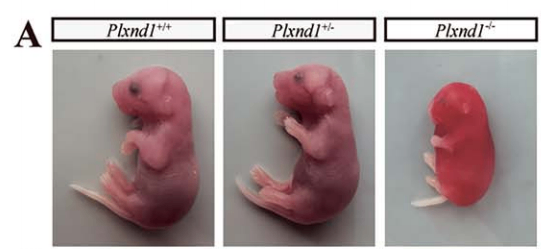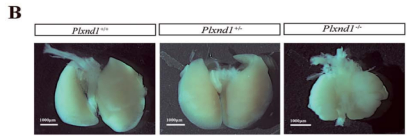Gene knockout is an important method for studying gene function. Global gene knockout, or complete gene knockout (KO for Knockout), refers to the process of deleting specific exons or functional domains, or even all exons of the target gene in all tissue cells of rats or mice, resulting in the absence of the target gene.
Traditional ES targeting knockout methods are time-consuming and expensive. The advantages of CRISPR/Cas9 in gene knockout include: high efficiency, short time frame, and direct acquisition of gene knockout mice in 24 days.
1. Technical Process:
Design and synthesize gRNA → Microinjection → Detection at birth of mice
2. Technical Advantages:
(1) High efficiency, with a knockout rate of up to 90%, and a certain proportion of homozygous knockouts.
(2) Easy detection, with PCR band sizes easily distinguishing whether knockout has occurred.
(3) Short time frame, obtaining gene knockout mice in 24 days.
(4) Not limited by the size of the knockout fragment, effectively knocking out DNA from dozens of bp to Mb in length.
3. Successful Case: Using CRISPR/Cas9 technology, two sgRNAs were designed to knockout the Plxnd1 gene associated with Anomalous Pulmonary Venous Return (APVR), creating a global knockout mouse model for this gene (Zhou WZ, et al. 2022).

Figure 1. Plxnd1−/− mice exhibit severe subcutaneous bleeding and short stature symptoms (n=27)

Figure 2. Observation of lung tissue morphology in Plxnd1−/− mice and wild-type mice
References:
1. Zhou WZ, Zeng Z, Shen H, et al. Association of PLXND1 with a novel subtype of anomalous pulmonary venous return. Hum Mol Genet. 2022, 31(9):1443-1452.

 animalmodel@vital-bj.com
animalmodel@vital-bj.com +8610-84928167
+8610-84928167